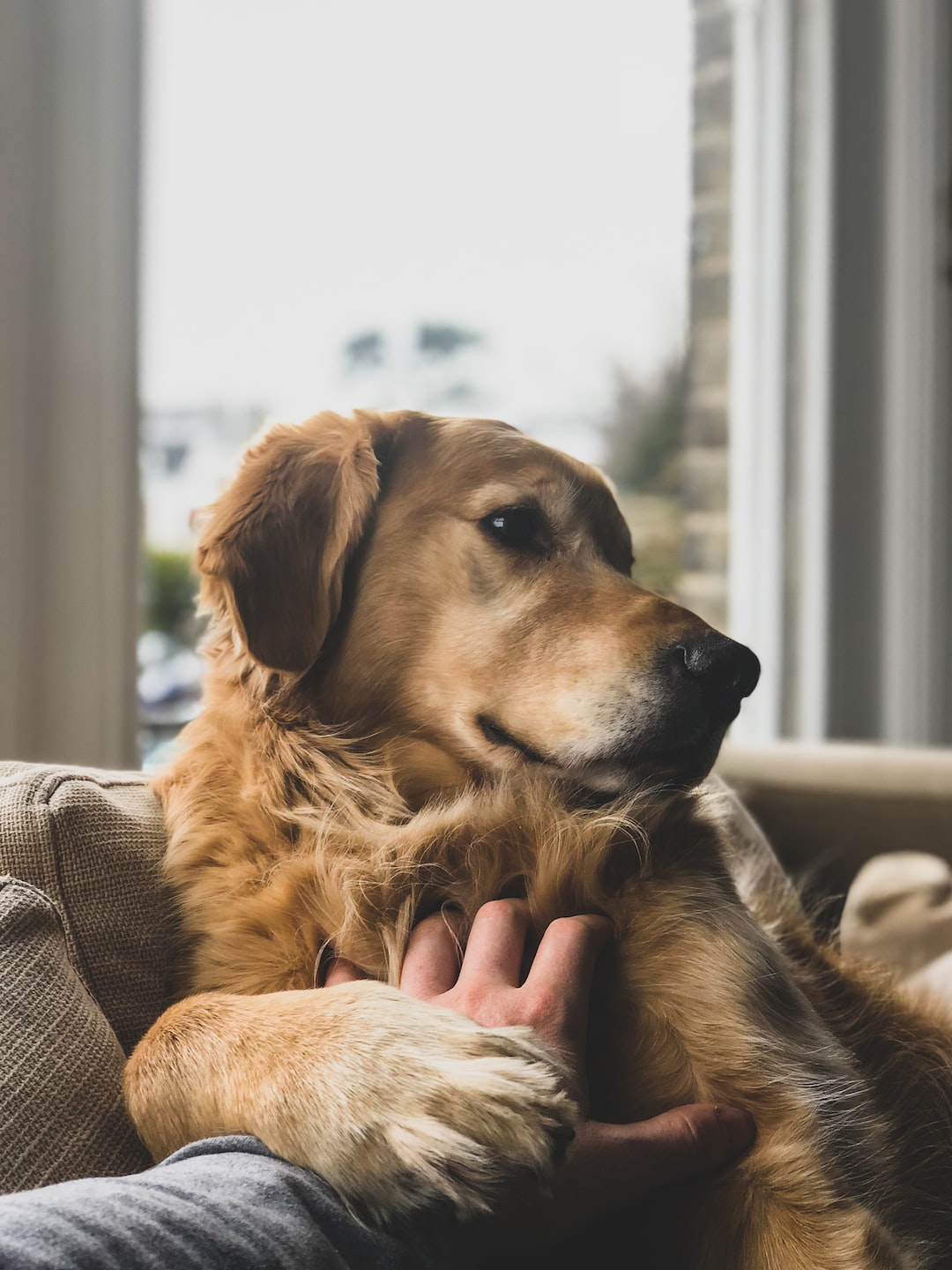Creating a Safe Environment for Your Pet at Home
As pet owners, it is our responsibility to provide a safe and secure environment for our furry companions. Just like humans, pets need a safe haven where they can relax, play, and feel protected. Designing a pet-friendly home not only ensures their physical safety but also promotes their overall well-being. In this blog post, we will discuss some essential tips on how to create a safe environment for your pet at home.
1. Remove potential hazards:
Before bringing your pet home, it is crucial to survey your living space and identify any potential hazards. Keep hazardous chemicals, medications, cleaning supplies, and small objects out of your pet’s reach. Loose electrical cords should be tucked away or covered, preventing your curious pet from chewing on them. Similarly, secure window treatments and blind cords to avoid entanglement accidents.
2. Choose pet-friendly plants:
Indoor plants add beauty to your living space, but some can be harmful or toxic to pets. Research pet-friendly plants like spider plants, Boston ferns, or bamboo palm that won’t pose a threat to your furry friend in case they decide to chew or ingest them. Avoid plants like lilies, oleander, or azaleas, as they are toxic to dogs and cats.
3. Provide a comfortable sleeping area:
Every pet needs a cozy space to rest and sleep peacefully. Provide your pet with a comfortable bed or cushioned mat, preferably in a quiet and well-ventilated area. This designated sleeping spot will not only give your pet a sense of security but also protect your furniture from potential damage.
4. Secure your outdoor space:
If you have a backyard or an outdoor area where your pet can roam freely, ensure it is safe and secure. Fencing your yard will prevent your pet from straying into dangerous areas, roads, or encountering wild animals. Check that the fence is in good condition and doesn’t have any gaps or loose boards. Regularly inspect the area for potential hazards like sharp objects or toxic plants.
5. Keep harmful foods out of reach:
Certain human foods can be toxic or even fatal to our pets. Foods like chocolate, grapes, raisins, onions, garlic, or caffeine should be stored away from your pet’s access. Be cautious while cooking or preparing meals so that your inquisitive pet doesn’t snatch harmful ingredients. Make it a habit to promptly clean up any food spills or crumbs that can attract pests or tempt your pet.
6. Allocate play areas:
Pets need mental and physical stimulation to prevent boredom and destructive behavior. Designate specific play areas where your pet can enjoy their toys and engage in playful activities. Ensure the area is clutter-free and free from any sharp objects or choking hazards. Regularly rotate and inspect toys to make sure they are safe and in good condition.
7. Provide proper ventilation and temperature control:
Just like humans, pets can suffer from heatstroke or hypothermia if exposed to extreme temperatures. Make sure your home has appropriate ventilation and temperature control, especially during hot summers and chilly winters. Avoid leaving your pet in a hot car, as it can quickly become a death trap. Provide fresh water at all times and consider using pet-friendly cooling pads or cozy blankets during extreme weather conditions.
8. Regular veterinary check-ups:
Lastly, regular veterinary check-ups are crucial in maintaining your pet’s health and well-being. Schedule routine visits, vaccinations, and health screenings to catch any potential health problems early on. Your vet can also provide specific advice on how to create a safe environment tailored to your pet’s needs.
In conclusion, pets rely on us to create a safe environment that enhances their quality of life. By removing potential hazards, offering comfortable sleeping areas, securing outdoor spaces, and providing proper nutrition and veterinary care, we can ensure our pets are happy, healthy, and safe at home. Remember, a little extra effort in pet-proofing your living space can go a long way in saving your furry friend from unnecessary accidents or health risks.

